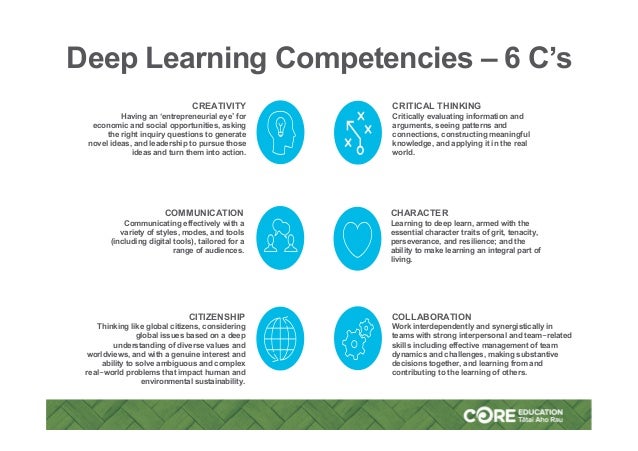For activity 6 of our last assignment we have been asked to identify contemporary issues or trends in New Zealand or internationally.
Last week I attended a breakfast seminar run by Core Education which was looking at the change in education from 1950 to 2050. Discussed was how a educated person from 1950 differentiates from a that of an 2050 educated person (Wenmoth, 2016). Surely the era of the educated person would have an effect on education just by looking at the technology aspects within a persons life for instance there were only one landline telephone per five people back in 1950. Wenmoth (2016) also stated that there would be 9 billion people living on the planet by 2050 and over half of these would be residing in Asia. Pearson (2013) continued with this prediction that middle class citizens would reach 3 billion within twenty years and that they would spend more of their household budget on educational requirements. What does this all mean to our learners? There are three aspects in education that we need to pay more attention to (Education Review Office, 2012) being student-centred learning, responsive and rich curriculum and assessment used for student learning. For my practice I will be looking at student-centred learning and assessment for student learning.
Student-centred Learning
Surely the main reason that we have an education system is to teach our students so they are well-rounded individuals prepared for the next chapter of their lives but still we are teaching to the curriculum and not to individual needs. Wenmoth (2016) suggested that employers are now looking a differing skill sets in new employees that consist of: complex problem solving, creativity and innovation and finally communication and collaboration. For the education system to be relevant to the needs of that of the learner and their potential employers then the need for teachers to change from curriculum centred-learning to student-centred is essential. Wenmoth also discussed changing to deep learning competencies to reflect this:

Moving from a traditional approach of teaching to a more student-centred approach means that the teacher needs to allow her students to take control of their own learning. I have already taken this approach into my practice after listening to student voice and how they prefer to learn. As part of this, and to ensure that students are completing learning activities, I have developed check lists for my senior students and provided opportunities to gain peer reviews on their work in class before internal assessments are due. Junior classes continue to work in group activities which provides collaborative activities to be engaged in.
Assessment for student learning
We all have the case, as educators, that we end up assessing just so that we have grades/scores to provide to our department heads to prove our teaching is adequate but is it relevant to the needs of our learners? The traditional approach to assessment is to teach a unit of work and then provide students with a written assessment to 'assess' their learning. With the increase of technology in the classroom and the shift to student-centred learning the way we assess students learning needs to be altered also. The increase in mobile learning (Knowles, 2015) in the classroom has seen a shift to edugaming and augumented reality for learning. Knowles (2015) also stated that 80% of learners claimed to be more engaged in their learning if classroom activities included edugaming. Should we as educators take this further and make assessments more technology based and use these types of platforms to assess our students learning. As discussed earlier employees are looking at differing skill sets for their employees and by using edugaming in the classroom we can provide our students with creativity and innovation that is required by tomorrows employers. Some in the Healthcare industry are already using augmented learning to replace virtual reality simulators in their education (Knowles, 2015). If industries are already making the move in their education providers to enhance the learning with the aid of these tools then we should also make the move so our learners are prepared. In my own practice I have been looking at replacing written assessments with my senior students with blogs, interviews or recording information as a way to assess their work but maybe it is time to look further into edugaming or augmented reality as a way to assess their learning.
References
Education Review Office (2012).The three most pressing issues for New Zealand’s education system, revealed in latest ERO report - Education Review Office. Retrieved 5 May 2015, from http://www.ero.govt.nz/About-Us/News-Media-Release.
Knowles, C. (2015) Top e-learning trends impacting education. Retrieved 22 March 2016 from http://educators.co.nz/story/top-e-learning-trends-impacting-education.
Wenmoth, D. (2016). What will it mean to be educated in 2050? Retrieved 25 March 2016 from http://www.slideshare.net/dwenmoth/what-it-means-to-be-educated-in-2050.
Pearson. (2013, April 26).Global trends: The world is changing faster than at any time in human history. Retrieved from https://www.youtube.com/watch?v=SdZiTQy3g1g.
No comments:
Post a Comment